Step 1: Complete the American Heart Association online course.
Step 2: Perform skills testing in Berkeley or another location.
Step 3: Receive the American Heart Association card same day.
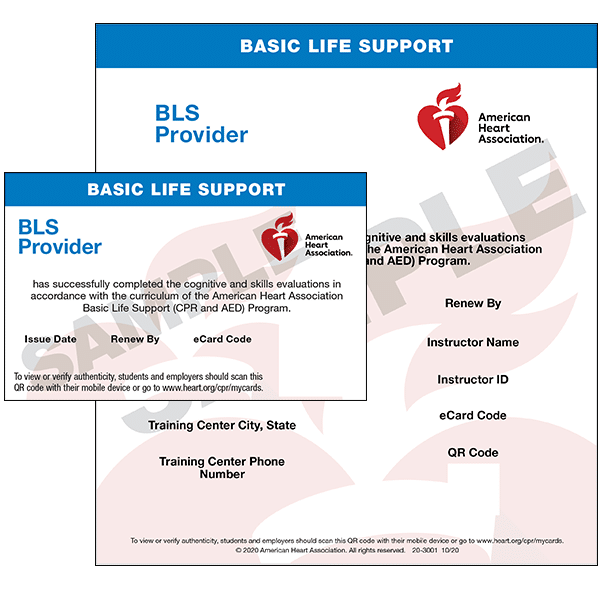
Basic Life Support
Online Course: 1-2 hours
Skills Testing: 30 minutes
100% Pass Rate Guaranteed
Lowest Price In Berkeley
Receive Card On Class Day
Thousands of 5 Star Reviews
CE Credits to CA Dentists
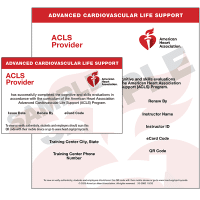
Advanced Cardiac Life Support
Online Course: 2-3 hours
Skills Testing: 30 minutes
100% Pass Rate Guaranteed
Lowest Price In Berkeley
Receive Card On Class Day
Thousands of 5 Star Reviews
Some Professions: 2-3 CEU
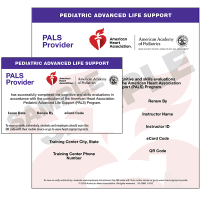
Pediatric Advanced Life Support
Online Course: 2-3 hours
Skills Testing: 30 minutes
100% Pass Rate Guaranteed
Lowest Price In Berkeley
Receive Card On Class Day
Thousands of 5 Star Reviews
Some Professions: 3.75-5 CEU
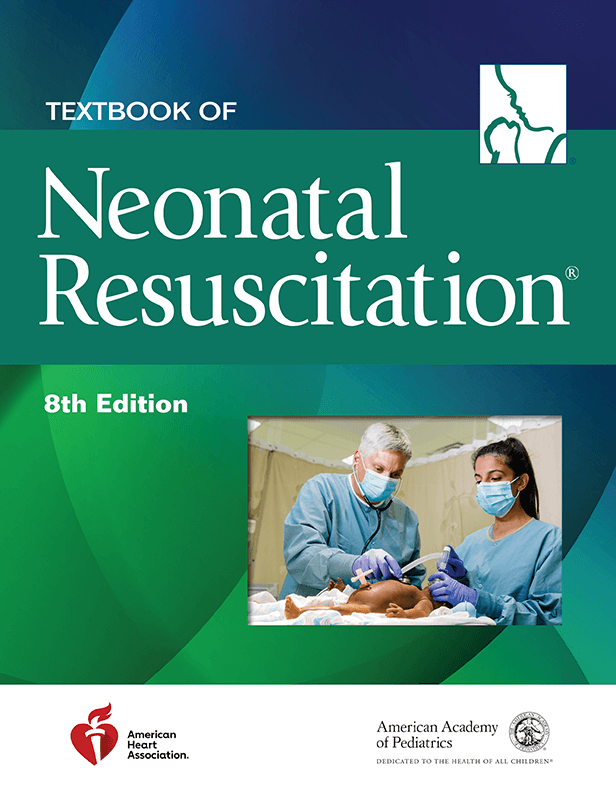
Neonatal Resuscitation Program
Online Course: 2-3 hours
Skills Testing: 3 hours
100% Pass Rate Guaranteed
Lowest Price In Berkeley
Receive Card On Class Day
Thousands of 5 Star Reviews
Some Professions: 4 CEU
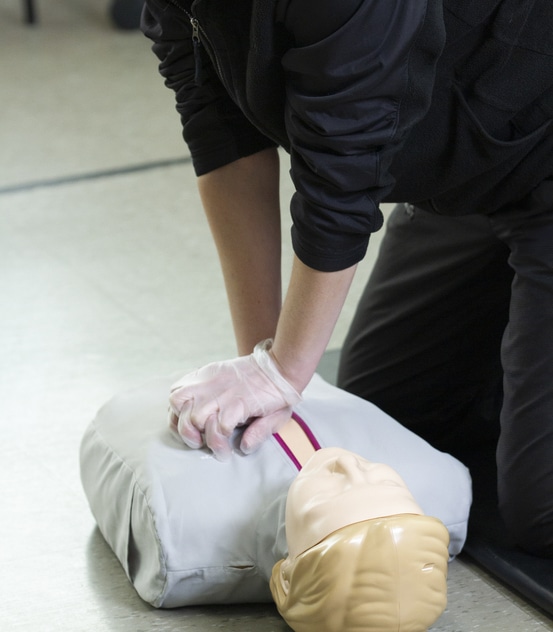
Audience: General public
Topics: CPR for all age groups, AED use, bleeding, epi-pen, etc
Online Session: 1 Hour
Skills Testing: 30 minutes
Card: Safety Training Seminars
Certification: Valid 2 years
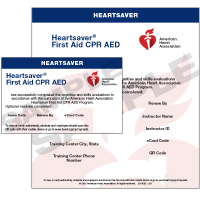
Audience: General public
Topics: CPR for all age groups, AED use, bleeding, epi-pen, etc
AHA Online Course: 1-2 Hours
Skills Testing: 30-45 minutes
Card: American Heart Association
Certification: Valid 2 years
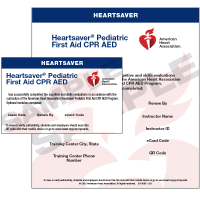
Audience: Childcare providers
Topics: CPR for all age groups, AED use, bleeding, epi-pen, etc
AHA Online Course: 1-2 Hours
Skills Testing: 30-45 minutes
Card: American Heart Association
Certification: Valid 2 years

Audience: Childcare providers
Topics: Lead poisoning, nutrition, infectious disease,etc
Zoom Course: 8 Hrs (state law)
Skills Testing: 30-45 minutes
Card: EMSA Health & Safety
Certification: No expiration
EXCELLENTTrustindex verifies that the original source of the review is Google. I recently completed the BLS Class at Safety Training Seminars. The setup was clean, instructions were clear, and the precision of the course gave me a better understanding of what I might expect in the real world.Trustindex verifies that the original source of the review is Google. I recently completed the CPR Class with Safety Training Seminars and was exceptionally impressed with the presentation and hands-on training provided helping me to confidently grow my BLS Certification.Trustindex verifies that the original source of the review is Google. I thoroughly enjoyed the BLS class at Safety Training Seminars and was impressed by the engaging instructors and comprehensive curriculum that provided me with a solid foundation in cardiac emergency response. The hands-on practice sessions and interactive elements helped me to retain the material and felt well-prepared for the BLS Certification.Trustindex verifies that the original source of the review is Google. I recently completed the BLS Class at Safety Training Seminars and I was thoroughly impressed with the comprehensive training and hands-on practice provided, which not only equipped me with the necessary skills to respond in emergency situations but also gave me a sense of confidence and preparedness.Trustindex verifies that the original source of the review is Google. I thoroughly enjoyed the BLS Class at Safety Training Seminars, where the knowledgeable instructors provided a comprehensive and engaging learning experience that left me feeling confident in my understanding of life-saving techniques. The hands-on training and realistic simulations made the material come alive, and I appreciate the flexibility of the course schedule allowing me to complete my BLS Certification.Trustindex verifies that the original source of the review is Google. Most comprehensive First Aid and CPR training I've received so far. Awkward interaction though.Trustindex verifies that the original source of the review is Google. Great classroom settings, customer service and very experienced instructorsTrustindex verifies that the original source of the review is Google. I thoroughly enjoyed the BLS Class at Safety Training Seminars, where I received comprehensive instruction and hands-on training that left me feeling confident in my ability to respond to emergency situations. Working on the VAM (Voice Assisted Manikin) was very new experience which i enjoyed the most. Was highly impressed how everything was perfectly managed. Thank you
The Resuscitation Quality Improvement (RQI) program, developed by the American Heart Association, offers a quick, modern way for healthcare professionals in Berkeley to earn official BLS, ACLS, and PALS certification cards.
How It Works in 3 Easy Steps
Safety Training Seminars (Founded 1989)
Safety Training Seminars is proudly a woman-owned AHA Training Center, offering top-quality American Heart Association courses, including BLS, ACLS, PALS, CPR, and First Aid, right here in Berkeley, CA.
Customer Service You Can Count On
Our dedicated customer service team is here to support you daily, including weekends, from 8 am to 10 pm. No matter when you need assistance, we’ve got you covered.
Classes Available Every Day in Over 60 Locations
For your convenience, we provide AHA certification courses every single day. Whether you’re in Berkeley or another nearby city, we make it easy for you to get certified.
Official Certification in Your Hands
After completing your course, you’ll receive an official AMERICAN HEART ASSOCIATION certification card, valid for two years. Be confident in your qualifications with a trusted credential.
Low Price Guarantee
We’re committed to offering the lowest prices in Alameda County, backed by our Low Price Guarantee.
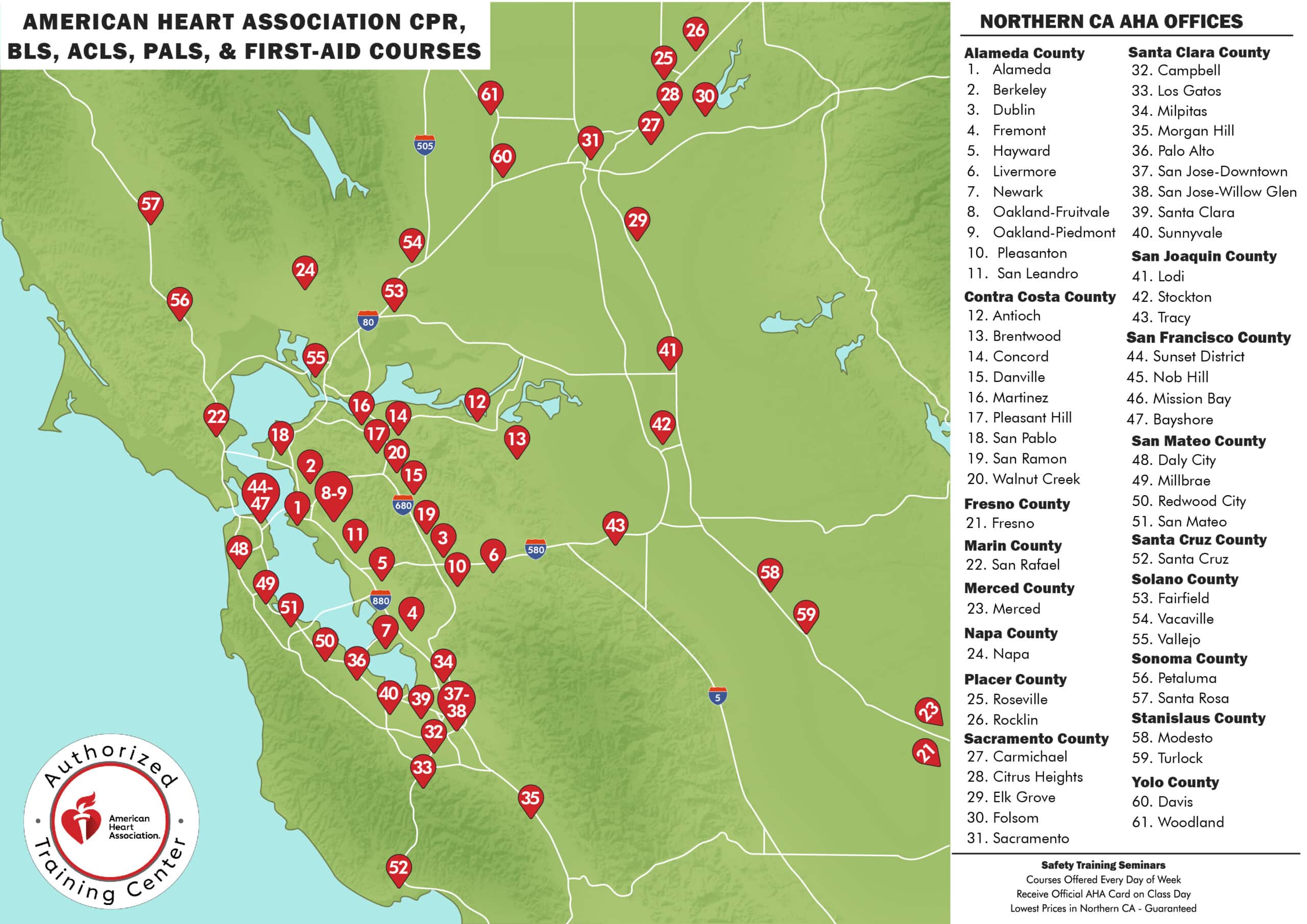
Emergencies don’t come with a warning. Whether it’s a cardiac arrest, choking incident, or a child in respiratory distress, the right knowledge at the right time can save lives. The good news? The American Heart Association (AHA) offers industry-leading certification courses to equip individuals with lifesaving skills.
Here in Berkeley, CA, these courses are accessible, expertly designed, and tailored to a wide variety of participants—from healthcare professionals to parents and teachers. Whether you’re looking to meet a job requirement or simply want to be prepared for emergencies, this guide explores everything you need to know about the AHA’s certifications and why they’re worth considering.
Not every CPR or First Aid training program offers the same value. Here’s why the American Heart Association stands out as a trusted choice for certification courses:
The American Heart Association is a globally recognized leader in evidence-based emergency cardiovascular care. Their courses are informed by decades of research and practical experience, ensuring you’re learning the most effective techniques.
AHA certifications are industry gold standards, accepted across healthcare, education, and corporate sectors. Whether you’re advancing your career or simply prioritizing safety, an AHA certification holds clout.
The AHA doesn’t just teach you theoretical knowledge; it ensures you leave every course with hands-on, confidence-building skills. From CPR to advanced resuscitation, every participant gains the capacity to act effectively during critical situations.
No matter your background or goals, the American Heart Association offers tailored training for every need. Below is a breakdown of the courses available in Berkeley, CA:
The CPR and First Aid training empowers participants with critical lifesaving techniques, including:
Ideal for parents, caregivers, coaches, and teachers, this course is your basic entry point into emergency preparedness.
BLS training is designed for healthcare providers and first responders. It covers essential skills like:
Focusing on advanced medical professionals who deal with cardiac emergencies, the ACLS course offers training on:
Dedicated to medical professionals who care for critically ill children, PALS includes training in:
These courses aren’t just about learning—they’re about transforming the way you handle emergencies and advancing your personal or professional goals.
Every AHA course is hands-on. By practicing with manikins and participating in simulations, you gain the confidence to step up when needed.
For healthcare workers, teachers, and corporate safety leaders, certification isn’t just a requirement; it’s a valuable credential that sets you apart from the competition.
Busy schedule? Many training providers in Berkeley offer weekend classes, online hybrid options, and group discounts to cater to your needs.
Curious about what your experience will look like? Here’s what you can expect during an American Heart Association training session:
One of the best parts about AHA certification classes is that they cater to a diverse audience. Here’s who can benefit the most from these training programs:
Including nurses, Emergency Medical Technicians (EMTs), and doctors who need certifications to meet job requirements.
For individuals responsible for students or athletes, these skills offer critical peace of mind.
Perfect for those caring for children, elderly family members, or individuals with health conditions.
Safety officers and workplace teams will benefit from knowing how to effectively respond to emergencies on the job.
Looking for the nearest class? Finding credible, high-quality training providers is easier than you think.
The American Heart Association’s official website offers a course locator tool to help you find certified training near Berkeley, CA.
Many local hospitals, community colleges, and safety organizations partner with the AHA to offer these courses.
If you’re part of a larger organization, check if they are offering on-site training or discounts through AHA partnerships.
Being prepared can mean the difference between life and death. With the American Heart Association’s CPR, First Aid, BLS, ACLS, and PALS certification courses, you’re not just learning—you’re gaining the ability to make a real difference during life’s most critical moments.
Whether you’re a parent, teacher, healthcare worker, or everyday citizen, there’s a course waiting for you. Don’t wait until it’s too late.
Start your lifesaving journey today. Enroll in an AHA training class in Berkeley, CA, and gain invaluable skills for emergencies!
Safety Training Seminars CPR
1700 Solano Ave., Suite F, Berkeley, CA 94707
(510) 398-0748